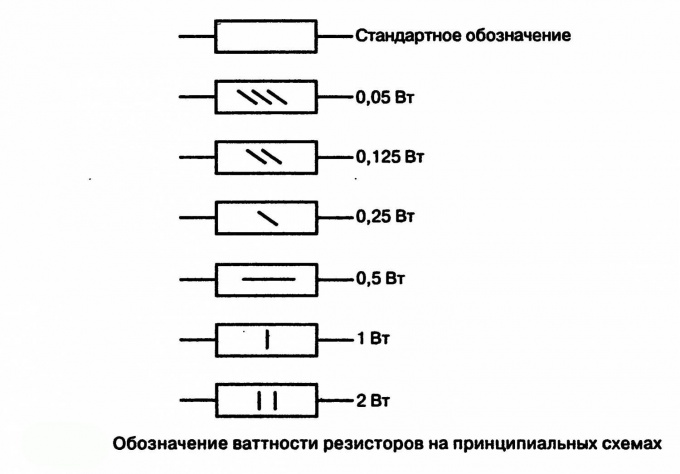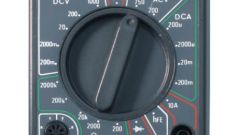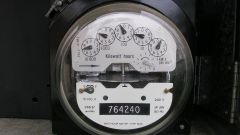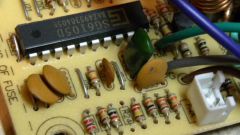You will need
- A current source, ammeter, voltmeter, ohmmeter and wattmeter.
Instruction
1
Determination of the power resistor with a voltmeter and ammeter Assemble an electrical circuit, which enable the resistor and the ammeter. To the terminals of the resistor connect the voltmeter. When connected to a DC power source observe the rules of connection devices (the positive pole of the device always connect to the positive pole of the current source). After connecting the circuit to the current source, remove the current reading is in amperes (ammeter) and voltage in volts (voltmeter). The resulting values multiply (P=UI), and the result is a power resistor in watts.
2
Determination of the power resistor with a voltmeter If the resistance of the resistor is known (it is specified directly on the case or measure it with an ohmmeter), connect it to the terminals of the voltmeter. The assembled circuit connect to power source. Measure the voltage across the resistor in volts. Next, take the value of the voltage in the square, and divide by the resistance (P=U2/R and power resistor.
3
Determination of the power resistor the ammeter When the known impedance circuit to the power supply, including successively ammeter. Measure the amperage in the circuit by the ammeter in amperes. Next, take the value of the current in the square and multiply by the resistance value of the resistor (P=I2R).
4
Determination of the power resistor the power meter Assemble the circuit consisting of a resistorand parallel connected to the power meter. Connecting it to a power source, see power resistor on the scale or screen of the device. Units, in this case, adjust within the permitted device. It can be watts, milliwatts, kilowatts, etc.
Note
In all cases, in order to collect safety circuit is disabled when the current source.



